Features (articles)
Basics: Japanese soy sauce - all you need to know (and then some)
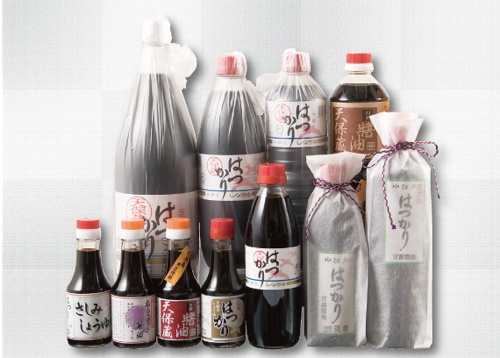
(An exhaustive look at Japanese soy sauce. Originally published in December 2011, revised and edited in August 2012.)
I've written so many articles here on Just Hungry over the almost nine years of its existence, that I've forgotten half of them. But one thing I have not really done so far is delve into the subject of one of the most important ingredients in Japanese cooking, shoyu (醤油)or soy sauce. I have written about soy sauce briefly in years past, but I feel now is the time to go deeper.
Note: I am talking here only about Japanese soy sauce. Soy sauce is made by other Asian cultures of course, where processes and ingredients may differ. I'm sticking to what I'm familiar with here as usual.
So, let's dive in to the world of Japanese soy sauce.
How is soy sauce made?
Like miso, soy sauce is a fermented and aged product. The kanji characters for soy sauce or shoyu are 醤油, which literally means 'fermented food oil' - so in Japanese and Chinese there's no 'soy' at all in the 'soy sauce' name. In the olden days, many foods were salted and fermented for longer shelf life and flavor. For instance the ancient Romans liked a thing called garum, a strongly flavored condiment or sauce made from fermented fish. The fish sauces that are essential for south east Asian cooking are salted-and-fermented-food products too. (Did you know there are several Japanese fermented fish sauces too? The most well known one is called shottsuru (しょっつる)and is made in Akita prefecture, in the Tohoku region.)
Generally soy sauce is made from a mixture of soy beans, wheat, salt and yeast. Some types of soy sauce also include fermented rice (kome koji) or amazake to give sweetness to the flavor. Mass produced soy sauce is made from defatted soy residue (soy from which the oil has been extracted), which makes the soy sauce ferment a lot faster than using the whole bean. Purists argue that this also leads to a loss of flavor and body. The wheat and/or rice is necessary to feed the yeast as the mixture ferments, and to develop a sweet flavor in the soy sauce.
Here's how they make soy sauce at a traditional soy sauce maker (shoyu-ya) in Chiba prefecture:
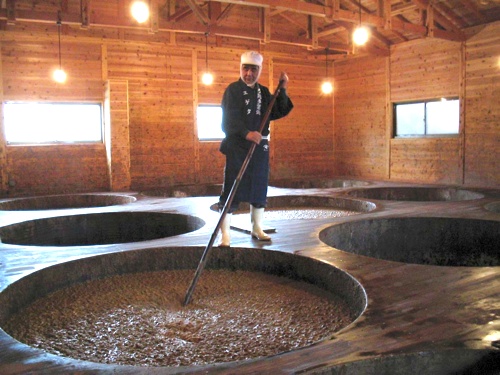
Here's a nice big vat fermenting away...
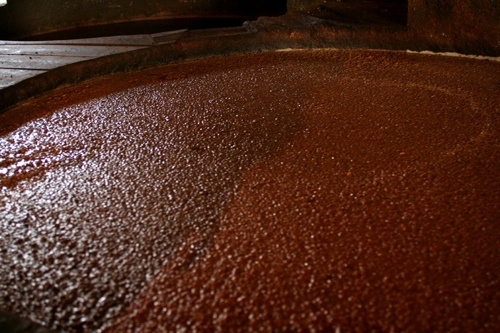
Of course this is not how it's done at say, Kikkoman factories around the world. But the process is fundamentally the same.
Soy sauce is typically aged at least 6 months before it is bottled, though some are aged longer. While 'standard' soy sauce (see koikuchi below) usually does not have any additives, in some cases things are added (usually alcohol) to prolong the shelf life of soy sauce, or sweeteners to give it a sweeter flavor. By Japanese law, all such additives must be clearly indicated on the label. So if you're looking for a soy sauce that's as natural as possible, look for one with no additives.
Types of soy sauce
There are 5 main traditional types of shoyu or soy sauce. The type of soy sauce used in largely influenced by what part of the country you live in, or where the cook of the family grew up. (I know a lot of people outside of Japan tend to think it's all the same and homogenous, but at least when it comes to food that's certainly not the case.) Typical Japanese households stock just 1 or 2 types of soy sauce, unless they are really into cooking.
The most widely used type by far is koikuchi (濃い口)soy sauce. Koikuchi literally means 'dark mouth'. This is the quintessential soy sauce that you see for sale from brands like Kikkoman and Yamasa in Japanese grocery stores around the world, and since it is the 'starndard' soy sauce for many people it is not always labeled as koikuchi. Koikuchi soy sauce sales account for more than 80% of the market in Japan according to the Soy Sauce Information Center (SOYIC - Japanese only website). It's the soy sauce of choice in the Tokyo/Kanto area and the north. Koikuchi soy sauce is usually made with equal parts of soy and wheat, plus salt and yeast.
This is the soy sauce I use in all of my recipes here on Just Hungry as well as on JustBento unless specified otherwise. Why? Well for one thing I'm from Tokyo, and my mom and her mom and my father's mom were all from the Kanto region. So we are koikuchi folks. Also, koikuchi soy sauce is the 'standard' as noted above, and much easier to get a hold of than other types.
The second most popular type of soy sauce is usukuchi (淡口; kanji scholars may notice that the kanji 淡い is used rather than 薄い). This is a lighter colored, used primarily in western Japan, namely the Kansai region (Kyoto/Osaka), and has about 15% of the soy sauce market share. In traditional Kyo-ryori (Kyoto cuisine), which has its origins in refined imperial court cooking, dark colored koikuchi soy sauce is considered declassé and ruins the flavor and appearance of food. However, don't think that because it's lighter in color that it's less salty. On the contrary, usukuchi soy sauce is saltier than koikuchi soy sauce - 18-19% of its volume is salt, compared to around 16% for koikuchi. In recipes that call for usukuchi soy sauce this is taken into account. Usukuchi soy sauce is also made with soy and wheat, and is often rounded out with the addition of fermented rice (kome koji), wheat gluten or amazake.
Another type of soy sauce that became popularized in the west is tamari (溜まり)- which means 'pooled residue'. It is a thick, almost viscous soy sauce, which originated in the Chuubu region (central Japan; the main city in the area is Nagoya). It's used mainly as a dipping sauce for sashimi, and to finish off certain dishes to give a burnished reddish- brown color and shine, e.g. to teriyaki dishes. Tamari became popularized in the west because it got the reputation that it was made without wheat. This is not necessarily the case - especially if it's a tamari made the traditional way. If you must stay away from any kind of wheat please check the label. (Tamari made with 100% soy does exist.)
(*A note about gluten intolerance and soy sauce. Much of the wheat gluten is broken down and basically consumed by the yeast during the long fermentation process. I've looked at the blogs of many Japanese celiacs, and they all say they don't worry about consuming small amounts of soy sauce. But of course, Your Body May Vary. Kikkoman does make a gluten-free soy sauce, but I'm not sure if it's for the overseas market only.)
Finally we come to two very regional soy sauces. Saishikomi (再仕込み)soy sauce originates south-western Japan, especially Yamaguchi prefecture. It's unique in that it is re-brewed (that's what 'saishikomi' means) from a previous batch ofmade soy sauce. This means the color is very intensely dark red-brown, and the flavor is less salty and sweeter more rounded than other soy sauces. And then there is shiro (白) or white shoyu that originates in Aichi prefecture. It's even lighter in color than usukuchi shoyu - it's about the color of dashi stock made with lots of katsuobushi (bonito flakes), and has become rather trendy to use amongst some chefs in Japan who want to add some soy sauce flavor to dishes but not color. (Outside of Japan, certain trend-conscious chefs have started specifying usukuchi soy sauce. They need to catch up. ^_^)
Reduced salt soy sauce
Reduced or low-sodium salt soy sauce, called genen (減塩)or teien (低塩) is koikuchi soy sauce that has had its salt content reduced mechanically so to speak.The salt content of reduced sodium soy sauce ranges from 9 to 13%. (Don't confuse reduced salt soy sauce with usukuchi (light) soy sauce, as noted above.)
Grades of soy sauce
Soy sauce is graded both by the Japaneese Ministry of Agriculture, Fishing and Forestry (JAS) and an industry group called the Japanese Soy Sauce Association. The official government grades are Special Grade (特級, tokkyuu), First Grade (1級, ikkyuu) and Standard Grade (標準, hyoujun). Grading is based on measuring the chemical composition soy sauce, mainly for its amino acid and alcohol content. The Japanese Soy Sauce Association adds two more grades that are higher than Special Grade: Extra Select (特選, tokusen) and Ultra-Extra Select (超特選, choutokusen).
Soy sauce is also graded by experts based on color, aroma, roundedness and other such more subjective criteria.
As with most Japanese things, you tend to get what you pay for when it comes to soy sauce.
Other things to look for on a label might be "yuuki" which means grown without chemical fertilizers or pesticides (almost organic), and "marudaizu" which means the soy sauce is made from the whole soy bean rather than defatted dregs.
Generally speaking, people tend to use expensive, special soy sauces and very assertively flavored ones straight up, for dipping and other uses where it is not diluted by other ingredients.
What is nama-shoyu or ki-joyu?
Nama-shoyu (生醤油) - unpasteurized soy sauce - seems to be the new trendy thing these days in the U.S. It's exactly what it says - soy sauce that has not been heated to kill off any good or bad organisms. Natural-food fans like it because it's, well, unpasteurized. Does nama-shoyu always taste better? I'm really not sure. I personally think that the soy sauce made by skilled, experienced artisans is the best, regardless of whether it is 'raw' or not.
Is nama-shoyu a health food? In my opinion, anything with the high levels of sodium soy sauce has can never really be a "health food". It's a condiment and flavoring, something to be used in small amounts. In that sense, and this is just my humble opinion of course, nama-shoyu is not worth the expense over a good old pasteurized soy sauce. Pasteurization is not 'bad' for you you know - it's one of the greatest innovations in human history. Before pasteurization, people died regularly from food poisoning and such.
Many people in Japan called nama-shoyu ki-joyu; both terms have the same kanji characters (生醬油). I've read that they are both the same, and also that ki-joyu is just a culinary term used by chefs and such to say 'straight soy sauce' without the addition of mirin, sake or other ingredients. In English speaking areas at least nama-shoyu is the term used.
So now my head is spinning. What soy sauce do you recommend?
If you can only afford one soy sauce type (budget or space-wise) in your kitchen, get the best koikuchi (or regular) soy sauce you can afford. It's really the best all-rounder. I usually buy Yamasa Marudaizu or regular Yamasa. I just prefer Yamasa over Kikkoman, but that's just a personal preference. (And by the way, I do stick to Japanese brands; I just find they taste better to me. I tried an 'organic' soy sauce made in the UK once and it was just..lacking.) I do have a couple of extra-special, artisanal soy sauces around purchased in Japan, but they are not really necessary and I actually rarely use them, except for dipping.
If you dislike the dark color soy sauce gives to dishes, or have gotten into Kyoto style cooking, you'll want to use usukuchi soy sauce, but it does tend to be more expensive than koikuchi. Your local Japanese grocery store will stock both koikuchi and usukuchi soy sauces, as well as tamari and maybe other types. Your local general-Asian grocery store will probably only have koikuchi (plus soy sauces from other nations).
Nowadays you have a wide selection of soy sauces to choose from in the U.S. as long as you're willing to mailorder - go nuts if you want! In France/Europe, be sure to look up Workshop Issé if you want to go high-end with your soy sauce.
I hope I've covered all of your soy sauce questions! If not, let me know in the comments as always.
Filed under: basics japanese ingredients washoku
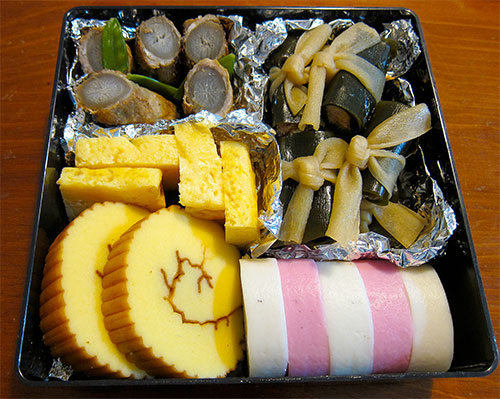
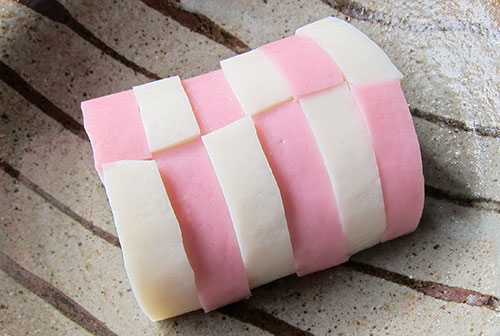
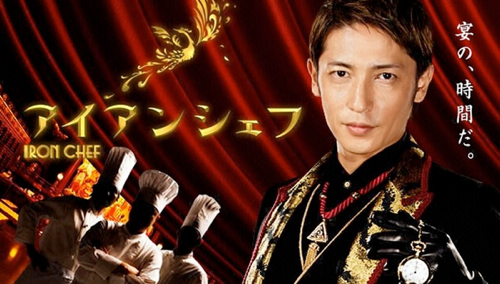
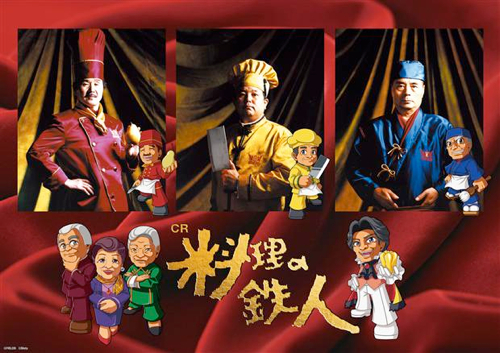

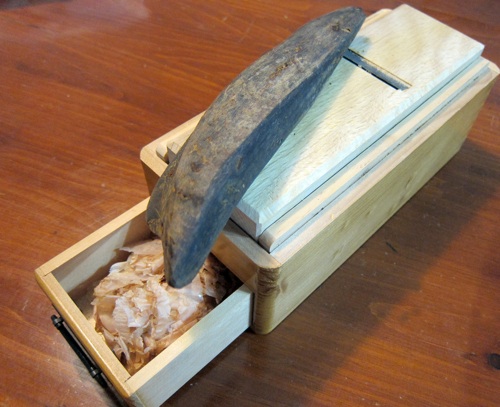
 Welcome to Just Hungry, where we serve authentic Japanese recipes and more! I'm
Welcome to Just Hungry, where we serve authentic Japanese recipes and more! I'm 













